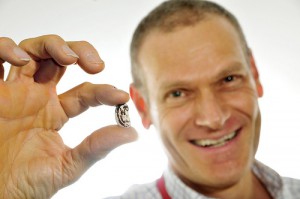August 31 Pavlovskaia experimental station, the commission came from the Chamber to the closed doors to determine whether it is a unique collection of plants Vavilov retained, or to land occupied by the collection, sold by luxury villas. In response, the anarchists staged an unauthorized picket.
A demonstration? By anarchists? In the Russian Federation? Seems to be an alternative view on the news we reported last night. But please, someone, somewhere, do us a better translation of this.
